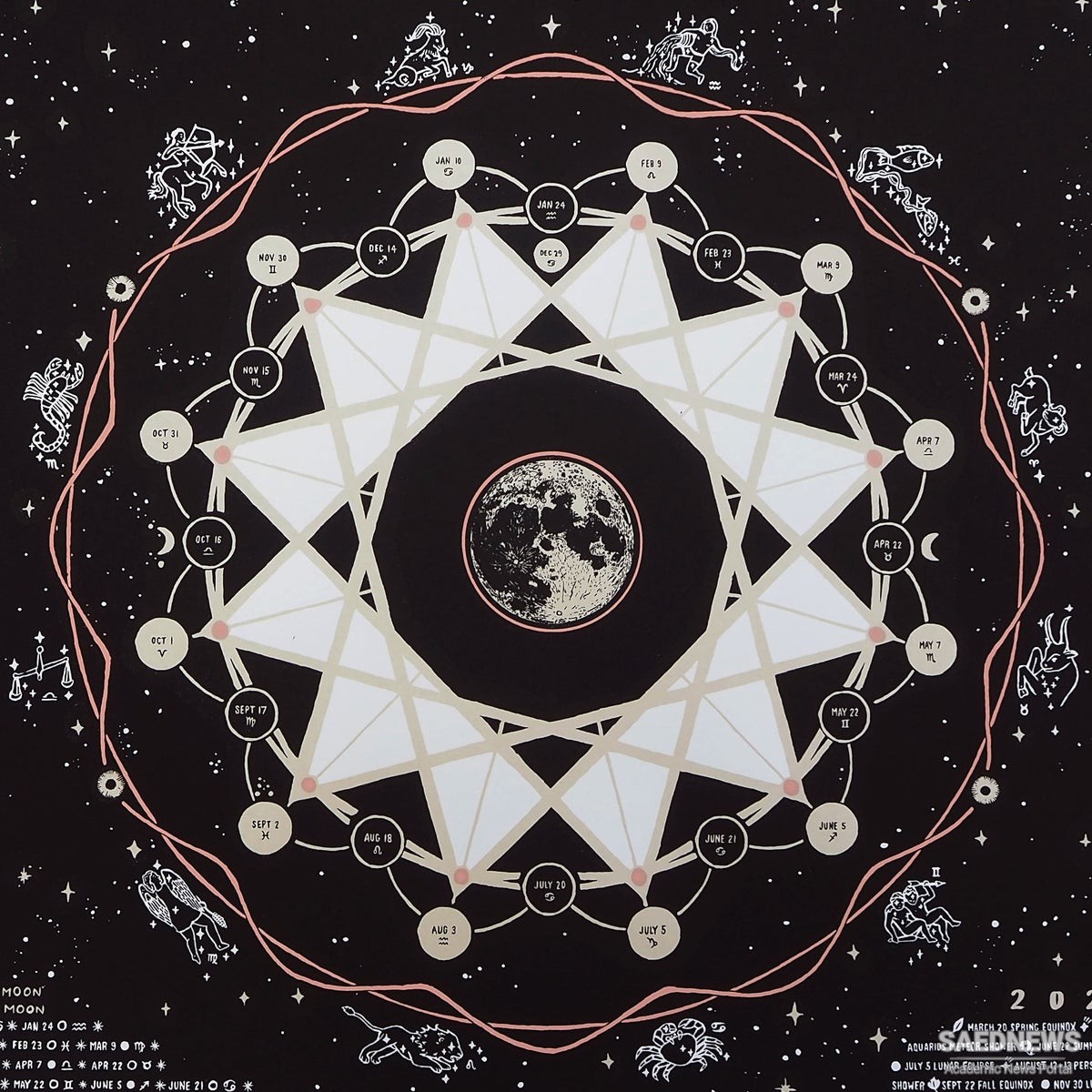The Islamic lunar calendar consists of twelve lunar months, making it about 354 days long, which means that every lunar year is eleven days shorter than the solar year. Starting the calculations at the same point in time, after fourteen centuries the two dating systems have ended up with forty-five years’ difference. The implications of this “discrepancy” reveal themselves in different ways. For example, Islamic observances, such as the mourning ceremonies for Imam Hossein, clashed with the New Year celebrations between 2002–2006, and the fasting month of Ramadan edges forward toward the summer. Ramadan began on September 13 in 2007, September 2 in 2008, August 22 in 2009, and so on by eleven days every year. And, of course, calculating your age in lunar years may makes you feel slightly older. (Multiply your age in years by 365 and divide the result by 354 for a rough calculation.)


 Iranian Lunar Calendar: Sun and Seasonal Changes
Iranian Lunar Calendar: Sun and Seasonal Changes














































